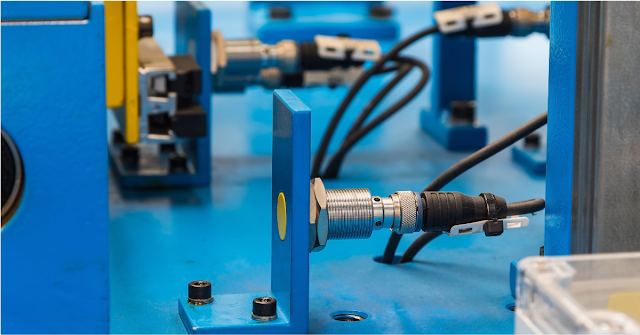In the world of industrial automation, robotics, and motion control, position feedback is crucial for precision and efficiency. Encoders play a central role in this, converting mechanical motion into electrical signals. Among the most commonly used types are Incremental Encoders and Absolute Encoders.
What is an Incremental Encoder?
An incremental encoder provides relative position feedback by generating a series of pulses as the shaft rotates. It resets its position to zero upon power loss, requiring a reference or homing sequence at startup.
Key Features:
-
Outputs digital pulses (A/B channels, sometimes with Z or index pulse).
-
Requires homing after power loss.
-
Simpler and typically more cost-effective.
What is an Absolute Encoder?
An absolute encoder provides a unique digital value for each shaft position, even after a power cycle. It retains position data without needing a reset, making it ideal for critical and precise positioning.
Key Features:
-
Outputs a digital code corresponding to a specific angle or position.
-
No homing needed after power-off.
-
Can be single-turn or multi-turn.
-
More complex and typically higher in cost.
Which Encoder Should You Choose?
-
Choose Incremental Encoders when cost is a concern and relative positioning is acceptable.
-
Choose Absolute Encoders for precision-critical applications where loss of position is unacceptable.
Conclusion
Understanding the differences between Incremental and Absolute Encoders is essential for selecting the right sensor for your automation system. While incremental encoders offer simplicity and speed, absolute encoders provide reliability and precision—especially where safety and accuracy are vital.







0 Comments